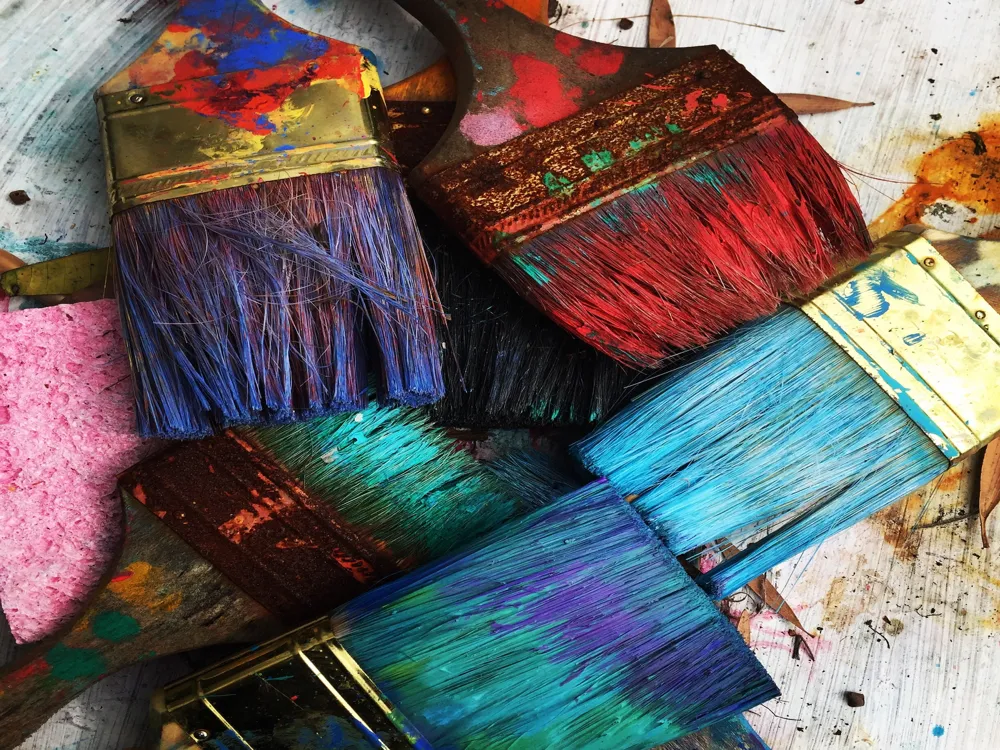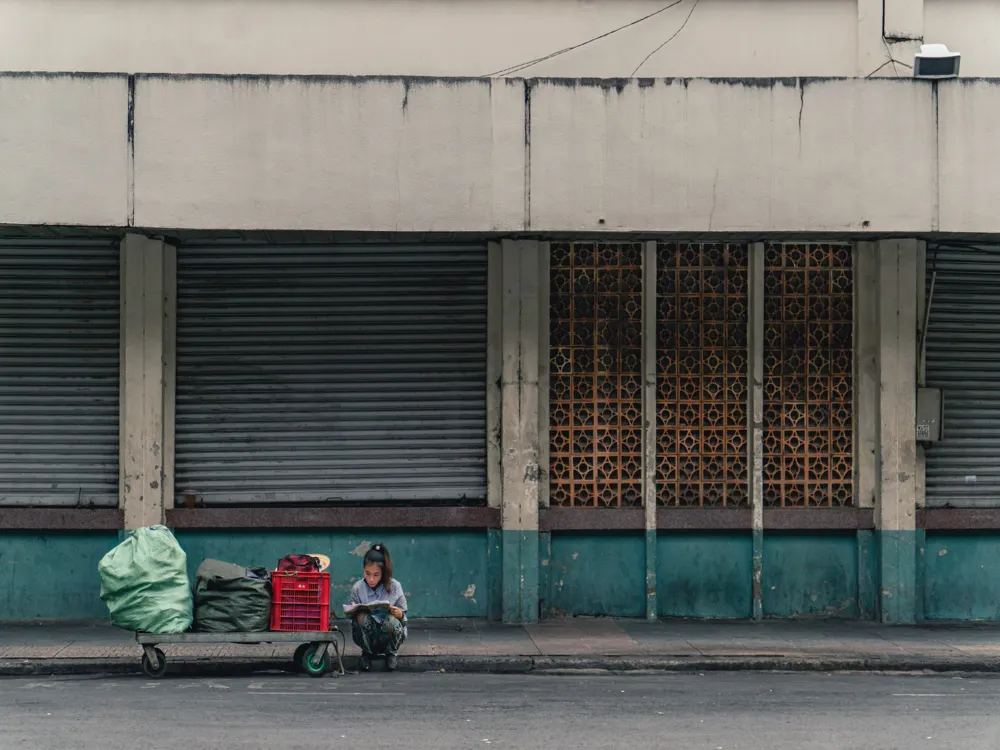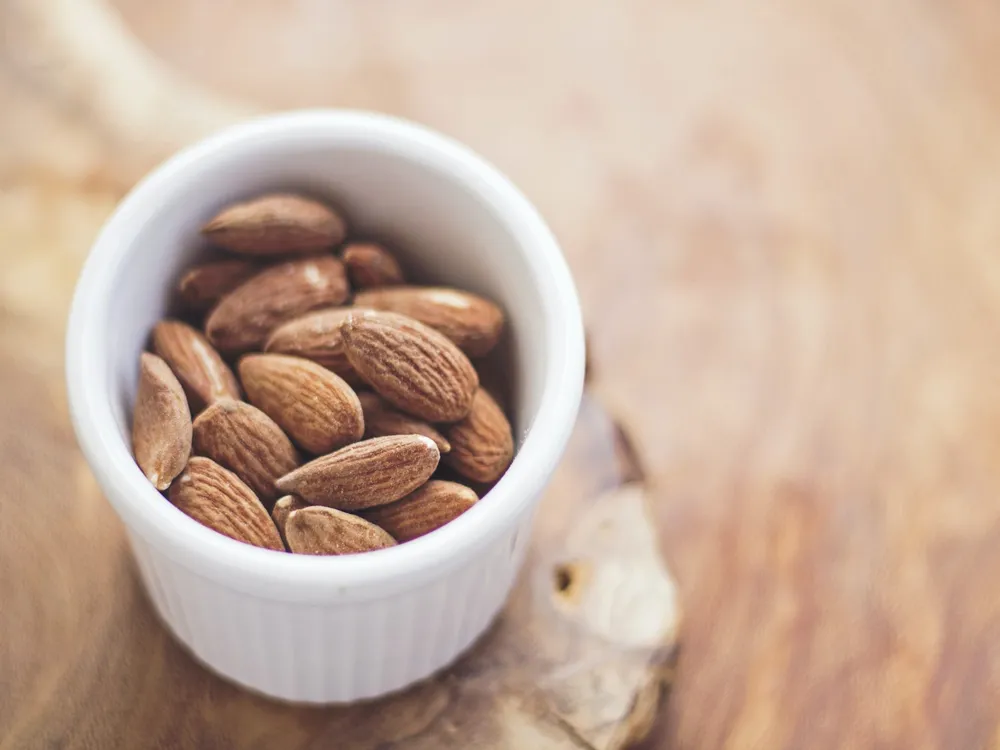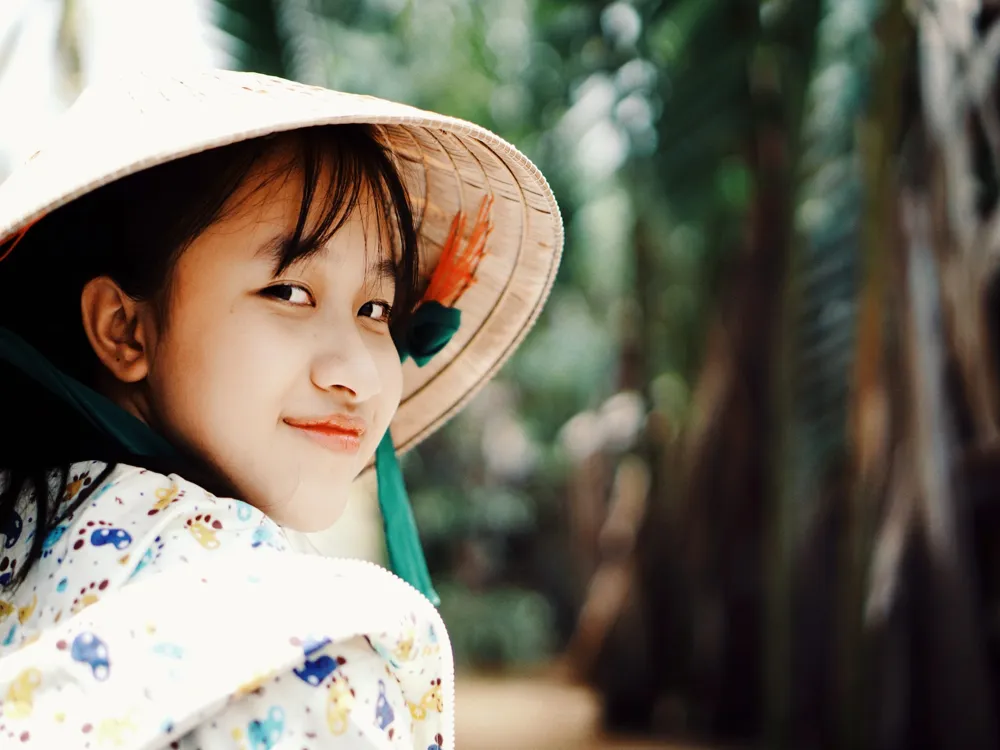Nestled in the bustling heart of Ho Chi Minh City, Tam Son Hoi Quan Pagoda stands as a serene sanctuary, offering a glimpse into the spiritual and cultural fabric of Vietnam. This exquisite pagoda, also known as Phuoc Hai Tu, is a testament to the rich heritage and religious practices of the Chinese community in Vietnam, particularly those from the Fujian province. Its history dates back to the 19th century, making it not just a place of worship but a historical landmark, steeped in the stories and traditions of the past. The pagoda's architecture is a harmonious blend of Vietnamese, Chinese, and European styles, reflecting the diverse influences that have shaped Ho Chi Minh City over the centuries. As visitors step through its ornate gates, they are greeted by intricate carvings, vibrant murals, and an atmosphere of tranquility that contrasts with the city's hectic pace. The main hall, dedicated to the Goddess of the Sea, Mazu, is a focal point of devotion, adorned with elaborate offerings and incense that fills the air with a mystical aura. Tam Son Hoi Quan Pagoda is not just a spiritual haven but also a social center for the local Chinese community. It plays a pivotal role in festivals and cultural events, particularly during the Lunar New Year and the Mid-Autumn Festival. These occasions see the pagoda come alive with colorful decorations, traditional music, and lion dances, offering a vibrant glimpse into the cultural practices that have been preserved for generations. The pagoda's significance extends beyond its religious and cultural roles. It stands as a symbol of resilience and adaptation, reflecting the story of the Chinese diaspora in Vietnam. Through wars, colonialism, and urban development, Tam Son Hoi Quan Pagoda has remained a constant, a place where history is preserved and the future is embraced with open arms. It is a must-visit destination for anyone looking to understand the soul of Ho Chi Minh City, a city that is as diverse as it is dynamic. The architecture of Tam Son Hoi Quan Pagoda is a mesmerizing blend of artistry and symbolism, encapsulating the cultural convergence of Ho Chi Minh City. At the heart of this architectural marvel is the integration of traditional Chinese motifs with local Vietnamese and European influences, creating a unique visual language that speaks volumes about the pagoda's history and cultural significance. The pagoda's facade is an intricate tapestry of ceramic mosaics, wood carvings, and wrought-iron works, each element telling a story of mythology, nature, and spiritual beliefs. The roof, adorned with mythical creatures such as dragons and phoenixes, is a standout feature, symbolizing power and prosperity. The use of vibrant colors, particularly red and gold, not only adds to the aesthetic appeal but also carries deep cultural meanings, representing luck, happiness, and wealth in Chinese culture. The interior of the pagoda is equally captivating. The main hall, dedicated to Mazu, is an artistic masterpiece, with its ornate altar, intricate sculptures, and detailed woodwork. The walls and ceilings are covered in murals depicting scenes from Chinese folklore and Buddhist teachings, each brushstroke a testament to the skill and devotion of the artists who created them. The use of incense, candles, and lanterns adds to the sensory experience, creating an ambiance that is both mystical and inviting. Beyond the aesthetics, the architecture of Tam Son Hoi Quan Pagoda is a reflection of the religious and philosophical beliefs of its worshippers. The layout of the pagoda, with its central courtyard and surrounding halls, follows the principles of Feng Shui, aiming to create a harmonious balance between the spiritual and the natural world. This careful consideration of space and orientation is not just about aesthetic beauty but also about creating an environment conducive to meditation and spiritual reflection. In summary, the architecture of Tam Son Hoi Quan Pagoda is a living museum, showcasing the rich tapestry of cultural influences that have shaped Ho Chi Minh City. Its walls, roofs, and halls are not just structures; they are storytellers, narrating tales of faith, art, and history, inviting visitors to delve deeper into the soul of this vibrant city. As a place of worship, it's important to dress respectfully. Avoid revealing clothing, and ensure your shoulders and knees are covered. This shows respect for the cultural and religious practices of the pagoda. While photography is allowed, be mindful of worshippers and ceremonies. Avoid using flash inside the pagoda, and do not photograph people without their permission. The pagoda is a place of tranquility and reflection. Speak softly and switch your phone to silent mode to maintain the serene atmosphere. Understanding the history and cultural significance of Tam Son Hoi Quan Pagoda will enrich your visit. Consider hiring a guide or researching beforehand to fully appreciate its heritage. If you choose to participate in any rituals, such as lighting incense, do so respectfully and follow the local customs. Tam Son Hoi Quan Pagoda is conveniently located in the heart of Ho Chi Minh City, making it easily accessible by various means of transportation. If you're staying in the city center, the pagoda is a short walk or taxi ride away. For those coming from further areas, public buses serve routes that pass near the pagoda. Alternatively, ride-hailing apps like Grab are widely used in Ho Chi Minh City, offering a convenient and affordable way to reach the pagoda. For the more adventurous, renting a motorbike or bicycle can provide a more immersive experience of the city, though navigating the traffic can be challenging for newcomers. Read MoreOverview of Tam Son Hoi Quan Pagoda in Ho Chi Minh City
Architecture of Tam Son Hoi Quan Pagoda
Tips When Visiting Tam Son Hoi Quan Pagoda
Dress Appropriately
Photography Etiquette
Observe Silence
Learn About the Pagoda's History and Culture
Participate in Rituals Respectfully
How To Reach Tam Son Hoi Quan Pagoda
Tam Son Hoi Quan Pagoda
Ho Chi Minh City
₹ 17,501 onwards
View ho-chi-minh-city Packages
Ho-chi-minh-city Travel Packages
View All Packages For Ho-chi-minh-city
Top Hotel Collections for Ho-chi-minh-city

Private Pool

Luxury Hotels

5-Star Hotels

Pet Friendly
Top Hotels Near Ho-chi-minh-city
Other Top Ranking Places In Ho-chi-minh-city
View All Places To Visit In ho-chi-minh-city
View ho-chi-minh-city Packages
Ho-chi-minh-city Travel Packages
View All Packages For Ho-chi-minh-city
Top Hotel Collections for Ho-chi-minh-city

Private Pool

Luxury Hotels

5-Star Hotels

Pet Friendly






















